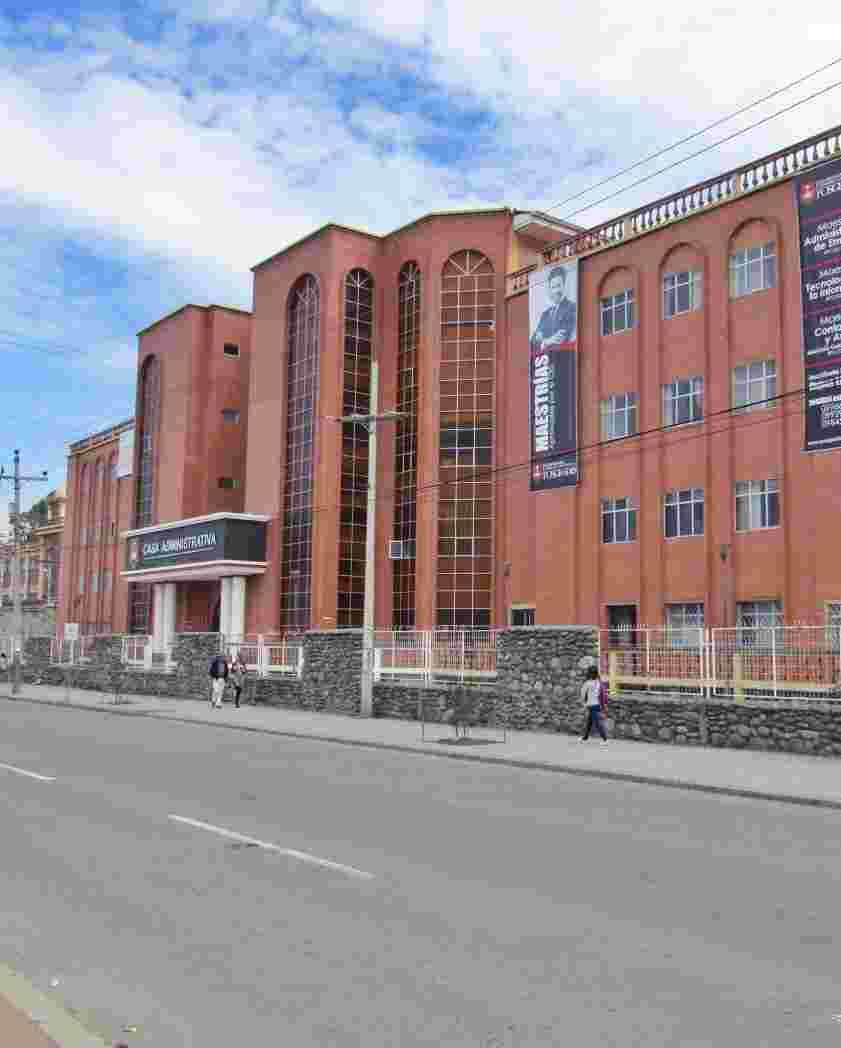Etiología, fisiopatología, diagnóstico y tratamiento de la gota. Revisión Sistemática
| dc.contributor.advisor | Crespo Vintimilla, Carlos Emanuel | |
| dc.contributor.author | Lopez Cedeño, Ana Belen | |
| dc.contributor.cedula | 1315469252 | |
| dc.coverage | Azogues - Ecuador | |
| dc.date.accessioned | 2024-07-15T15:53:58Z | |
| dc.date.available | 2024-07-15T15:53:58Z | |
| dc.date.issued | 2024 | |
| dc.description | Introducción: La gota es un tipo de artritis inflamatoria que continúa siendo de alta prevalencia, generando interés en su etiología y la asociación a los factores de riesgo, los métodos diagnósticos más acertados y el manejo adecuado para la patología. Objetivo: Investigar los problemas actuales sobre la gota mediante una revisión sistemática. Metodología: El presente estudio es de tipo documental, con enfoque cuali-cuantitativo, de tipo descriptivo. Se incluyeron artículos con evidencia científica de los cinco últimos años, obtenidos de bases de datos científicas electrónicas como: Web of Science, SciELO (Scientific Electronic Library Online) y Google Scholar. Resultados: Se estudiaron 25 artículos que demuestran el origen genético y ambiental de la gota, siendo ella más frecuente en hombres y en personas con factores de riesgo. Respaldada por dos teorías claves en su fisiopatología, la sobreproducción de urato y la subexcreción del mismo. El diagnóstico es clínico, aplicando los criterios de la Alianza Europea de Asociaciones de Reumatología, apoyado en exámenes de laboratorio y estudios ecográficos, al ser más eficaz y de menor coste. El tratamiento es controversial debido a los efectos adversos encontrados y a los cuadros de brote agudo de gota durante la terapia reductora de urato. Conclusiones: La gota posee una fuerte asociación con la nutrición y el estilo de vida del paciente. La historia natural de la enfermedad se modifica con comorbilidades como hipertensión arterial, hiperuricemia, obesidad, diabetes, hiperlipidemia, entre otras. Por tal motivo, se concluye, que el diagnóstico es tardío y el tratamiento debe individualizarse. | |
| dc.description.abstract | Introduction: Gout is a type of inflammatory arthritis that continues to have a high prevalence, generating interest in its etiology and association with risk factors, the most accurate diagnostic methods, and proper pathology management. Objective: To investigate current issues regarding gout through a systematic review. Methodology: This study is a documentary with a qualitative-quantitative descriptive approach. Articles with scientific evidence from the last five years were included and obtained from electronic scientific databases such as Web of Science, SciELO (Scientific Electronic Library Online), and Google Scholar. Results: Twenty-five articles were studied, demonstrating gout's genetic and environmental origins, which is more frequent in men and people with risk factors. Gout is supported by two critical theories in its pathophysiology: the overproduction of urate and its underexcretion. The diagnosis is clinical, applying the European Alliance of Associations for Rheumatology criteria, supported by laboratory tests and ultrasound studies, as they are more effective and cost-effective. Treatment is controversial due to the adverse effects found and the acute gout flare-ups during urate-lowering therapy. Conclusions: Gout is strongly associated with the patient's nutrition and lifestyle. The natural history of the disease is modified by comorbidities such as hypertension, hyperuricemia, obesity, diabetes, and hyperlipidemia, among others. Therefore, it is concluded that the diagnosis is often delayed, and the treatment must be individualized. Keywords: gout, uric acid, hyperuricemia, crystal-induced arthropathies, primary treatment | |
| dc.description.uri | Trabajo de investigación | |
| dc.format | application/pdf | |
| dc.format.extent | viii, 19 páginas | |
| dc.identifier.citation | Lopez Cedeño A.B. (2024)Etiología, fisiopatología, diagnóstico y tratamiento de la gota. Revisión Sistemática. Universidad Católica de Cuenca | |
| dc.identifier.other | 10BT2024-TMed-54 | |
| dc.identifier.uri | https://dspace.ucacue.edu.ec/handle/ucacue/17906 | |
| dc.language.iso | spa | |
| dc.publisher | Universidad Católica de Cuenca. | es_ES |
| dc.relation.uri | http://creativecommons.org/licenses/by/4.0/deed.es | |
| dc.rights | info:eu-repo/semantics/openAccess | es_ES |
| dc.rights | Atribución 4.0 Internacional | es_ES |
| dc.rights.uri | http://creativecommons.org/licenses/by/4.0/deed.es | es_ES |
| dc.source | Universidad Católica de Cuenca | es_ES |
| dc.source | Repositorio Institucional - UCACUE | es_ES |
| dc.subject | GOTA, ÁCIDO ÚRICO, HIPERURICEMIA, ARTROPATÍAS POR DEPÓSITO DE CRISTALES, TRATAMIENTO PRIMARIO | |
| dc.title | Etiología, fisiopatología, diagnóstico y tratamiento de la gota. Revisión Sistemática | |
| dc.type | info:eu-repo/semantics/article | |
| thesis.degree.discipline | Salud y Bienestar | |
| thesis.degree.grantor | Universidad Católica de Cuenca.Medicina | |
| thesis.degree.level | Título Profesional | |
| thesis.degree.name | Pregrado | |
| thesis.degree.program | Presencial |




